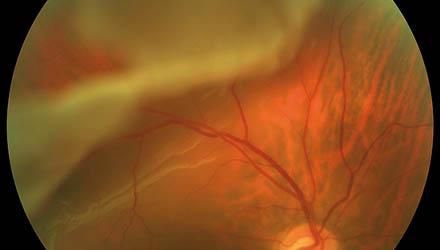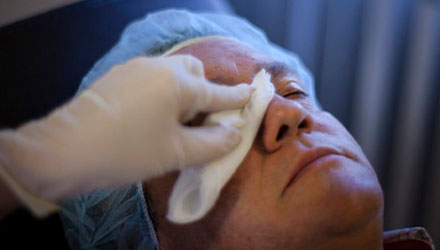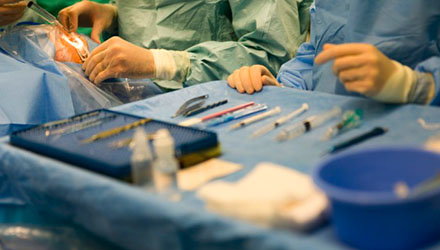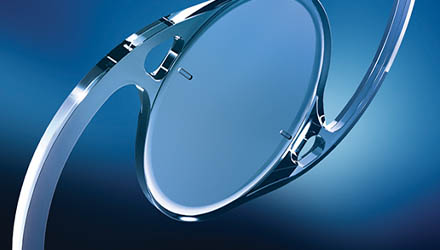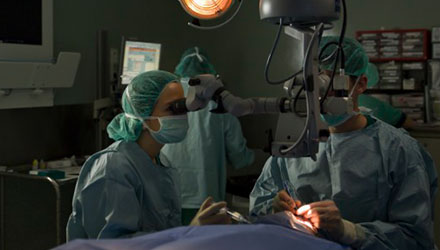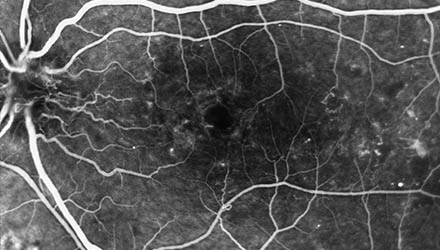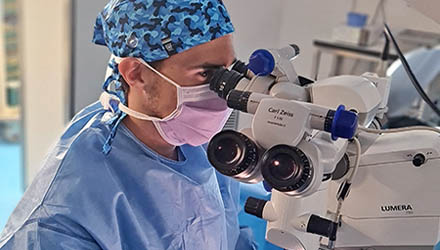Pharmacological measures
Pharmacological measures generally consist of eye drops that reduce intraocular pressure. These medications are prescribed to treat eyes with ocular hypertension and glaucoma and must be applied at the correct frequency. The goal of medical treatment is to lower intraocular pressure below the level at which optic nerve damage worsens. Eye drops reduce pressure through […]
Pharmacological measures Read More »



